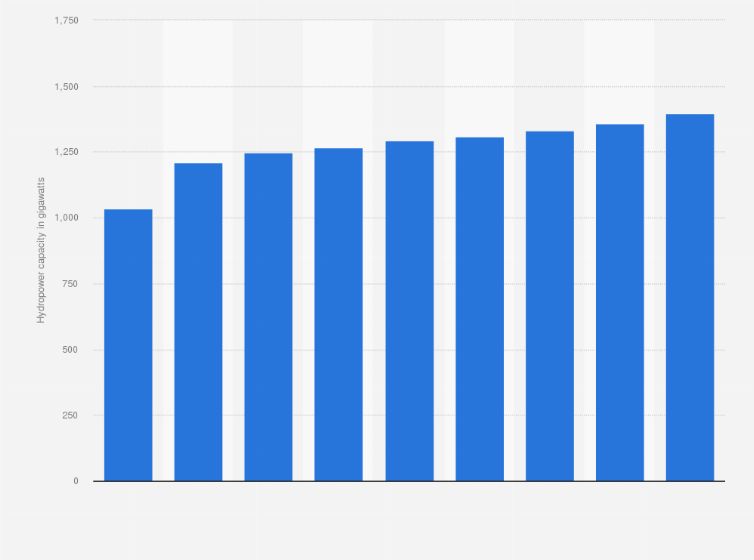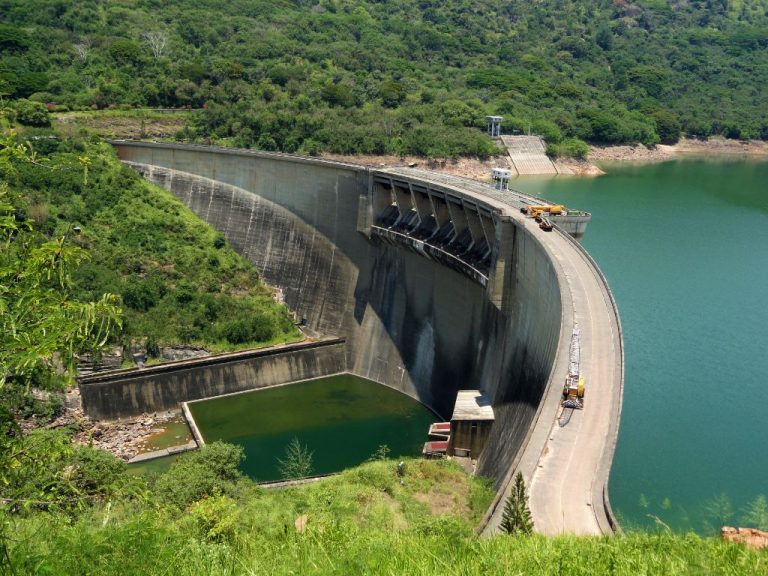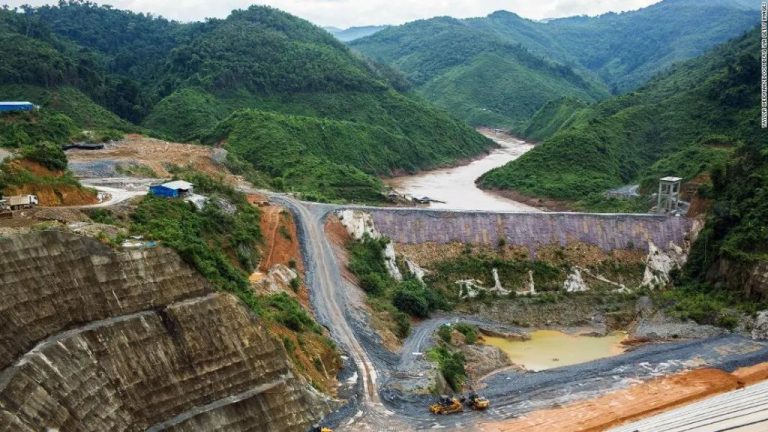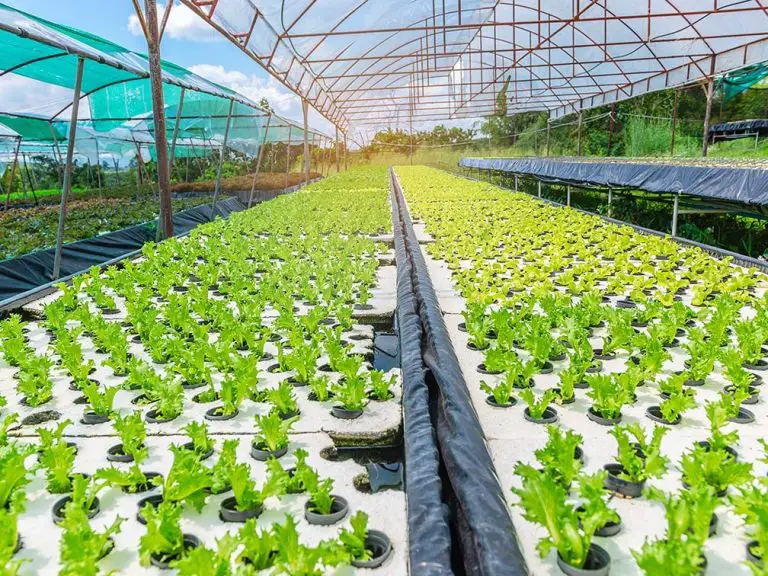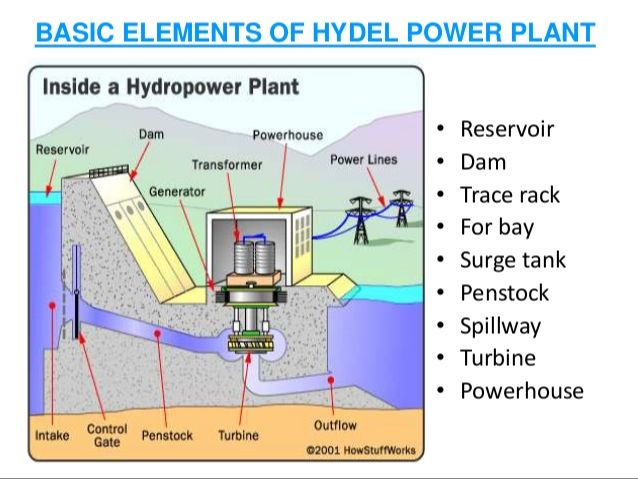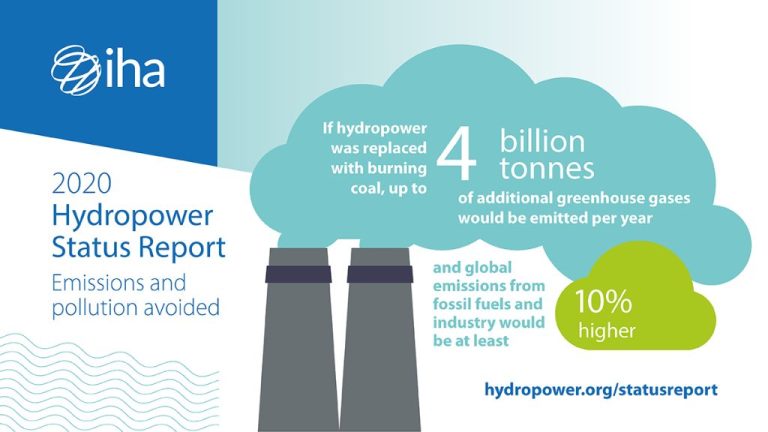Where Does Hydropower Need To Be Located?
Hydropower is a renewable energy source that generates electricity by using the natural flow of water. Humans have harnessed the power of falling or fast-moving water for thousands of years, initially with water wheels and later with hydroelectric dams and turbines. Today, hydropower provides around 16% of the world’s electricity and is one of the largest sources of clean, renewable power globally.
The choice of location is crucial for hydropower facilities. Unlike fossil fuel plants which can be built almost anywhere, hydropower can only be generated in places with optimal natural conditions. Building a hydropower plant requires sufficient streamflow as well as a large elevation drop in the water. Additionally, the location needs to be near existing electricity infrastructure to distribute the power that’s generated. Environmental and social impacts must also be considered when siting hydropower projects. Overall, many complex factors determine the ideal locations to develop new hydropower capacity.
Flowing Water Source
Hydropower requires a continuous flowing water source that can provide kinetic energy. This flowing water is most often provided by rivers, streams or ocean currents. The water needs to have a consistent and substantial flow volume throughout the year in order to produce meaningful electricity generation.
Rivers that originate from mountainous regions with annual snowmelt can provide an ideal water source, as the spring snowmelt provides a high volume that then tapers throughout the rest of the year. But a river fed only by rainfall without a snowmelt component may fluctuate too widely between seasonal high flow and low flow periods. The ocean can provide a stable water source in the form of consistent ocean currents.
The key is identifying a flowing water source with enough year-round volume and flow velocity to make hydropower generation practical and productive. While temporary small creeks or streams may be insufficient, larger snow-fed rivers and major ocean currents can provide prime water sources for hydropower production.
Elevation Change
A key factor in determining where hydropower facilities can be located is the elevation change of the water source. The height of the water fall or the movement of water downhill is what drives the turbines to generate electricity. The greater the elevation change, the more powerful the water flow will be. This allows more electricity to be produced by the hydropower facility.
For example, locations where a river descends rapidly down a mountainside are ideal for hydropower. The large elevation change as the water falls down the mountain will provide a great amount of energy. Places that only have small streams or gradual elevation changes will not be able to generate as much electricity.
Seeking water sources with the highest elevation change is crucial for maximizing the energy potential. The most favorable sites will have an elevation difference of at least 30 meters between the water intake and turbine outflow. Larger elevation changes beyond 30 meters provide even greater power generation capabilities.
Proximity to Electricity Grid
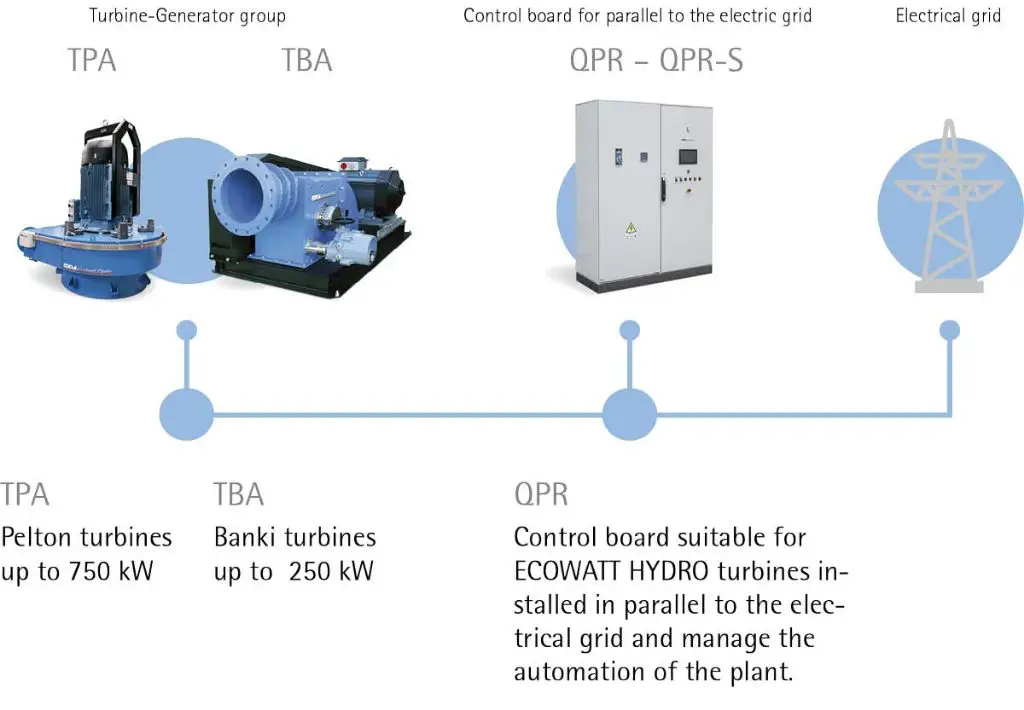
When determining hydropower locations, proximity to existing electricity grids and infrastructure is a key factor. Hydropower facilities should ideally be located close to population centers that require electricity, minimizing transmission losses over long distances. Access to existing high-voltage transmission infrastructure also enables the hydropower plant to connect into the grid and distribute the electricity it generates. Building near existing substations and transmission corridors is preferable to constructing lengthy new infrastructure. The proximity of the proposed site to the grid and electricity demand centers impacts the economic feasibility and determines how readily the generated electricity can reach customers. Overall, locating hydropower plants near populated areas connected to the grid maximizes efficiency and minimizes the need for costly additional transmission infrastructure.
Environmental Impact
Hydropower projects can have significant effects on wildlife and ecosystems. Building dams floods areas upstream, altering habitats and disrupting aquatic species that depend on natural water flows. Downstream areas may receive less water, changing those ecosystems as well.
Hydropower dams impact fish migration routes by blocking access to spawning grounds. This can decimate local fish populations. Other wildlife like birds and mammals can also be displaced by flooding large areas for reservoirs.
Governments usually require environmental impact assessments before approving hydropower projects. Mitigation measures may include fish ladders to enable migration past dams, minimum water flow allowances downstream, and preserving tributaries/wetlands to maintain wildlife habitats.
Selecting hydropower sites with minimal ecosystem disruption, and implementing conservation strategies, can help balance renewable energy goals with environmental stewardship.
Land Availability
Sufficient land area is a key consideration for hydropower projects. The dam structure, reservoir, and other infrastructure require substantial space. Ownership and usage rights for the land must be secured, which can involve purchasing private property or obtaining permissions from government entities. Identifying a site with adequate available land, and securing the rights to utilize it, are necessary steps in the feasibility and approval of a hydropower development.
The size of land required depends on the scale of the project. Large dams flooding wide areas require claiming extensive tracts of land. This can displace residents, farms, or natural habitats in valleys targeted for the reservoir. Smaller run-of-river projects that divert water without large reservoirs have a smaller footprint. But they still require land along the river for intakes, tunnels, the powerhouse, and other components.
It’s advantageous to locate potential hydropower sites on public lands where government permissions can be obtained. Private land may need to be purchased or leased from owners. Protected conservation lands are difficult to utilize. Prioritizing locations with sufficient available space that can be permitted or acquired for development is key for viable hydropower projects.
Construction Feasibility
For a site to be feasible for hydropower construction, the geology and terrain must support building a dam, reservoir, and other structures. Ideal conditions include:
Bedrock that can structurally support a dam without excessive foundational work. Solid granite is preferred, as opposed to loose sediment or highly fractured rock. Geotechnical surveys help determine subsurface stability.
Topography suited for a dam, such as a narrow gorge or canyon. Wide, flat valleys require much longer dams. Existing natural barriers may also be used.
Accessible roads and terrain allowing equipment and materials to reach the site. Remote, mountainous areas present logistical challenges.
Limited need to relocate existing infrastructure, buildings, or people. Minimizing displacement costs makes a project more viable.
Manageable environmental impacts. Severe ecosystem disruption or mitigation costs can render a site impractical.
Overall, sites with geology capable of supporting a dam and accessible terrain for construction equipment have higher feasibility for building a hydropower project.
Investment Capital
Hydropower projects require substantial upfront capital investments before generating any revenue. Major costs include designing and constructing the dams, reservoirs, tunnels, penstocks, turbines, generators, transmission lines, and other infrastructure.
For a large hydropower dam and reservoir, construction costs can easily exceed $1 billion in present-day dollars. Even smaller projects often cost hundreds of millions of dollars to build. Acquiring land rights and permitting can also add significantly to the overall price tag.
After the large initial capital outlay, the future revenue from hydropower sales helps offset the upfront costs over decades of operation. The dams and other infrastructure have long working lifespans. Power purchase agreements provide long-term contractual revenue.
The sizeable initial investment, combined with uncertain future electricity prices and water flow, make financing challenging. Most new large hydropower projects require backing from national governments, major banks, and international development organizations.
Regulatory Approval
Constructing and operating a hydropower plant requires approval from government regulatory agencies. The primary regulatory considerations involve obtaining permits and complying with relevant regulations.
In the United States, the Federal Energy Regulatory Commission (FERC) oversees the permitting and licensing process for non-federal hydropower projects. FERC issues licenses for terms up to 50 years. The license application involves submitting extensive documentation on the proposed project’s engineering, operation, environmental impacts, and more. FERC thoroughly reviews the application and issues a license only if the project meets requirements. FERC also regulates dam safety.
Other federal agencies are involved in hydropower regulation, like the U.S. Army Corps of Engineers, Environmental Protection Agency, Fish and Wildlife Service, National Marine Fisheries Service, and Bureau of Land Management. These agencies focus on protecting natural resources and minimizing environmental impacts. For example, the Fish and Wildlife Service works to safeguard fish migration pathways.
At the state level, agencies regulate issues such as water rights, water quality, and fish and wildlife. Local governments may also impose requirements through zoning, permits, and reviews. Ongoing compliance with all relevant regulations at the federal, state, and local levels is essential throughout the operating life of a hydropower project.
Conclusion
In summary, the ideal conditions for hydropower generation include locating projects near fast-flowing rivers with substantial elevation changes, in areas close to electricity transmission infrastructure. However, the viability of projects depends on several additional factors like environmental regulations, land availability, construction feasibility, capital investment requirements, and regulatory approvals. While hydropower can provide clean, renewable electricity, projects must balance power generation goals with potential ecological impacts and community concerns.
Looking ahead, growth in hydropower capacity may slow in developed countries but increase in emerging economies. Improving project sustainability through more efficient and lower impact technologies could enable further expansion. But hydropower will face challenges from other renewables and decarbonization goals. Overall, site selection and project planning will remain integral to balancing the benefits and drawbacks of hydropower development.

